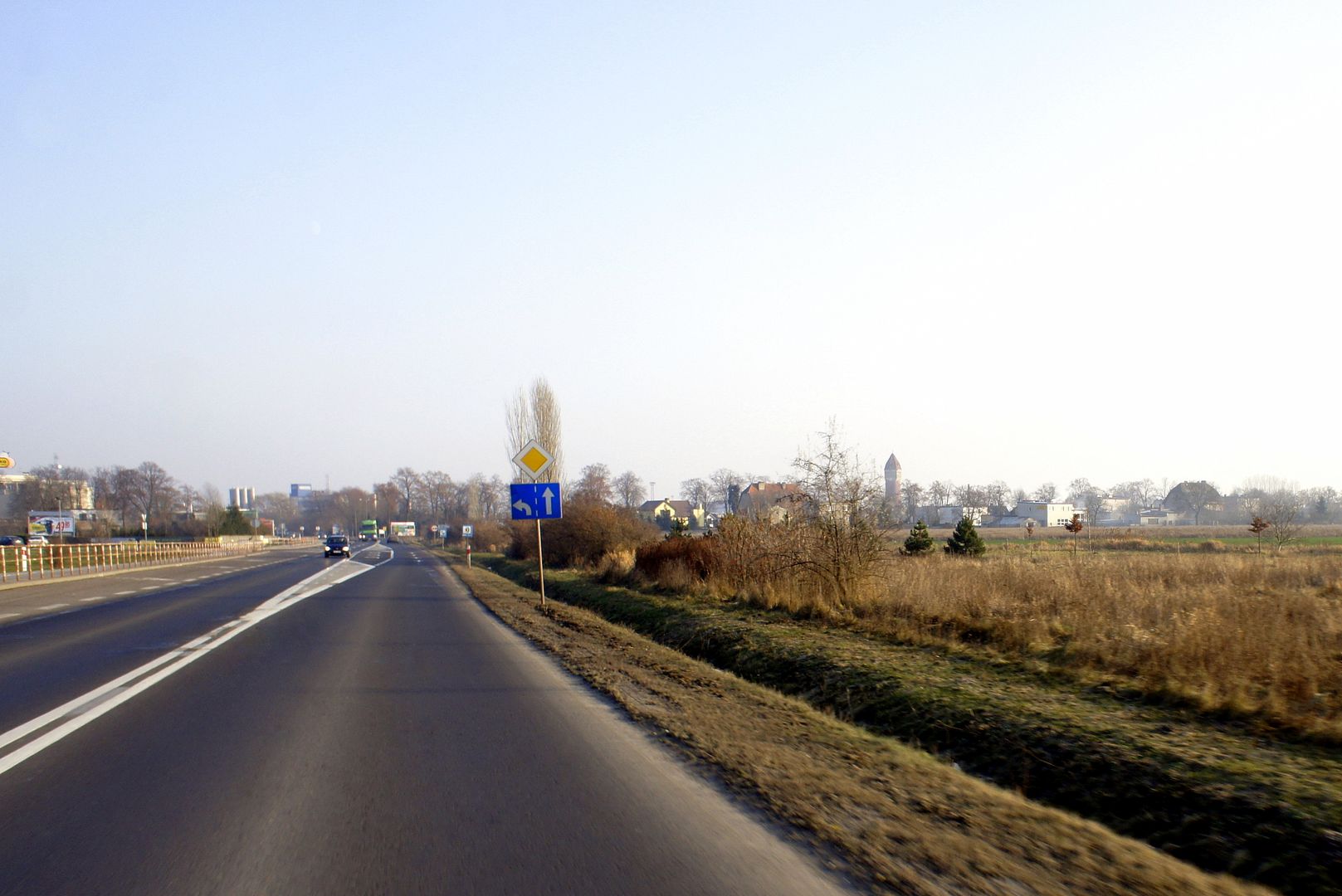Beech
6.98

Overview
Buk is a town in the Greater Poland Voivodeship, part of the Poznań metropolitan area, known for its preserved medieval urban layout. Its history dates back to the 13th century when it was founded by Duke Bolesław the Pious. During the Middle Ages, Buk developed primarily through craft and trade, hosting fairs and featuring brick buildings and a defensive moat. Historical records mention renowned kings visiting the town, underscoring its regional significance. Buk experienced its peak in the 15th and 16th centuries, but after a fire in 1502 and subsequent wars, its importance gradually declined. In the 19th century, the town became part of South Prussia, leading to Germanization and the settlement of German families. After World War I, Buk was reintegrated into Poland, and during the interwar period, it thrived culturally with active sports and craft organizations. World War II brought tragedy: the town was occupied by German forces, resulting in arrests, material destruction, and the deportation of Jews. After the war, Buk experienced economic revival, with new industrial plants and services emerging. Notable heritage sites include the classicist Church of St. Stanislaus, a wooden cemetery church, a synagogue, and the town hall from 1897. The town actively pursues international cooperation, expanding its network of partner cities, while local sports clubs such as MKS Patria Buk and UKS Bukowia highlight the community's vibrancy. An interesting fact is the discovery of fragments of medieval town walls in 2010. With its rich history, dynamic transformations, and diverse cultural heritage, Buk is both historically and touristically appealing.
Location
2025 Wizytor | All Rights Reserved